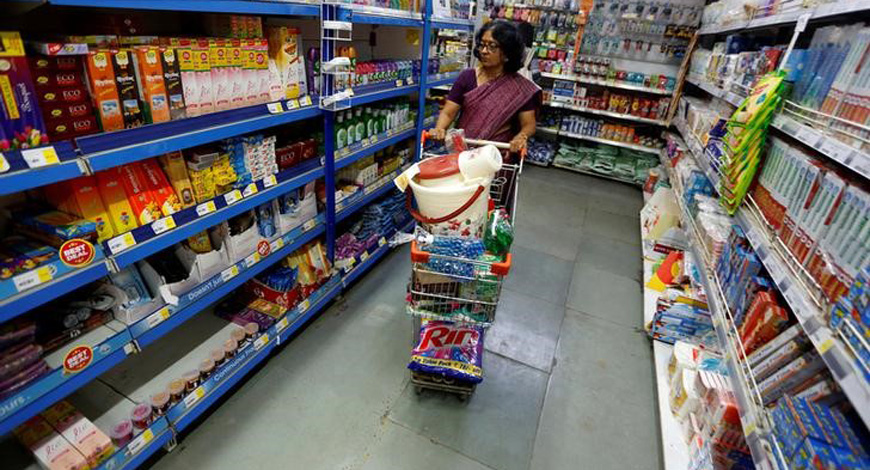The economic slowdown in India affected many high-ticket segments such as real estate, auto and consumer durables due to the credit squeeze triggered by the NBFC crises and now it has also spread to other sectors such as retail as well. Major players who struggled to be on the growth chart in 2019 expects a double digit growth in 2020 but according to the experts it would depend on various factors like recovery of manufacturing and other sectors, incentives in the Union Budget and availability of money in the hands of consumers to make purchasing decisions.
Future Retail Joint Managing Director, Rakesh Biyani says that they are hopeful that consumer sentiments will turn positive as the year 2020 rolls out. “The second half of 2020 could see a pickup in demand and growth,” he added. According to Debashish Mukherjee, Partner and Regional Lead, Consumer and Retail, Middle East & Africa, in 2019 the sector had challenges in terms of lower growth. “People expect growth to come back in 2020. However, it depends on how consumer sentiments improve and the customer has to feel really richer than they are.
It is not that there is zero growth but the growth is not that exciting to make that kind of purchasing decision, which they use to. In some way more money has to come into the hands of people. There is stress in the system due to lack of funds and that is a reality,” he added.
Sharing his views, E Y Partner and National Leader, Consumer Products and Retail Pinakiranjan Mishra said that revival would depend on the coming Union Budget also. “If the budget is pro-consumption and has measures so that additional cash is available in the hands of people, it would increase consumption. The consuming class has either downgraded or become careful in spending. These things are now behind us. There was a bit of negativity and hopefully, it would not exist next year,” he added.
Mishra also noted that other initiatives taken by the government such as increased spending on infrastructure projects and corporate tax breaks can also help in improving the economic conditions. Sharing similar views, Retailers Association of India (RAI) CEO Kumar Rajagopalan said that the coming year would have lots of hopes but would also have many challenges as well. “It would take at least six months for the economy to showcase itself in the full bloom and it may not be very easy. It would also depend on the government’s support which includes ease of doing business across sectors, which mat have an impact on retail as well,” added Mr Kumar.
Talking about the previous year, Mr Mishra said that 2019 was a mixed year for the retail industry. Some retailers in value segment have reported good growth.
According to Mr Rajagopalan, growth in 2019 was not very good and it was not a very great year for retail. “Formal retailers have shown growth but it is not dramatically a double digit growth,” he added.
Arvind Mediratta, CEO and MD of METRO Cash and Carry, India said that 2019 was a good year for the small kirana shops and retailers and they competed with big retailing houses. “For Indian retail, 2019 was an exciting year, especially for the kirana shop owners. We saw them effectively complete with supermarkets and large format retail chains and the heavily funded e-commerce businesses now. Amidst stiff competition, the local kiranas proved extremely durable and evergreen due to various factors such as intimate knowledge of the local consumer, region-specific assortment, convenience of home delivery, credit facility, etc,” he added.
As reported by CARE Ratings, the Indian retail industry accounts for about 10 per cent of the country’s GDP, 8 per cent of the employment and was valued at USD 792 billion as of 2018. During the period 2013- 2018, the industry witnessed CAGR of 10 per cent which is double to the growth witnessed during the period 2008- 2013. CARE expects the retail industry to witness a growth rate of about 12-14 per cent over the next three years and reach USD 1,150 billion by 2021.














